History and traditions
The toponym "Maremma" is derived, according to many scholars, from the Latin "maritima," meaning "coastal regions, sea areas." Before the numerous medieval settlements, the Maremma region witnessed prehistoric, Etruscan, and Roman presences that left significant historical and artistic evidence scattered throughout the entire territory.
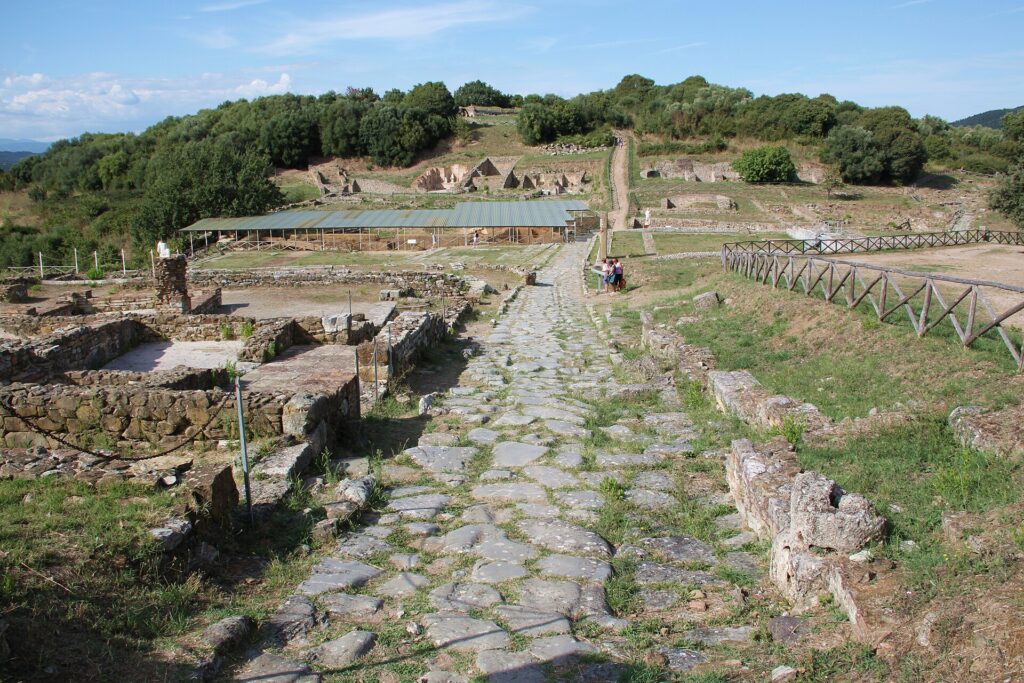
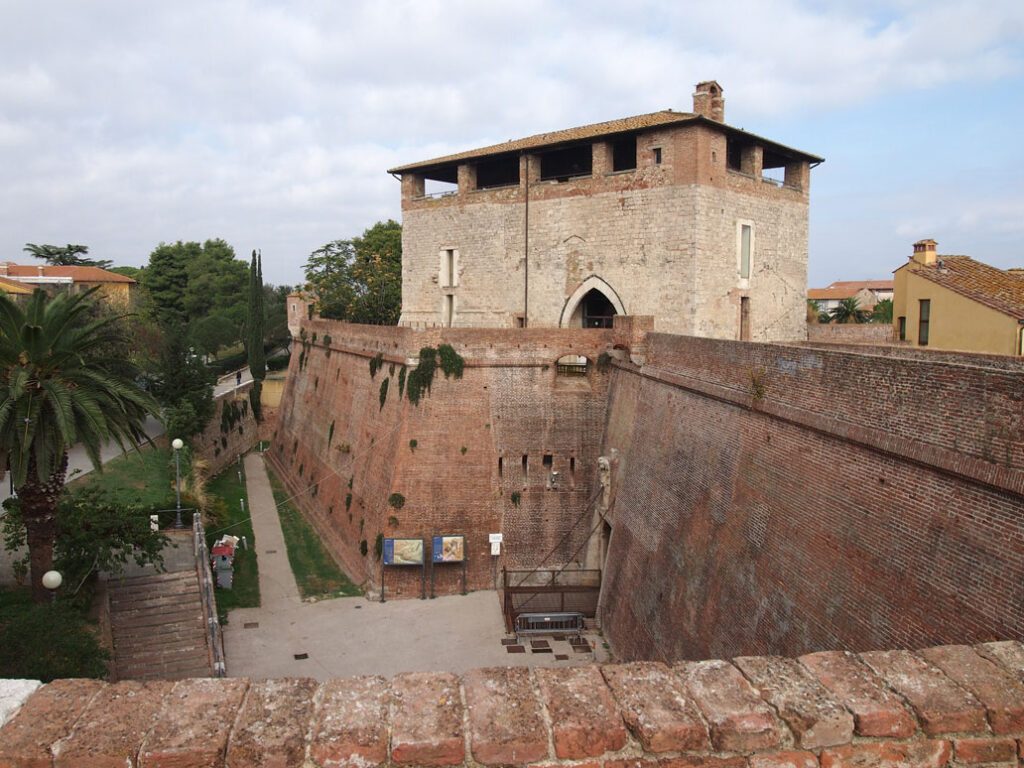
Today, Maremma boasts some of the most beautiful villages in Italy:
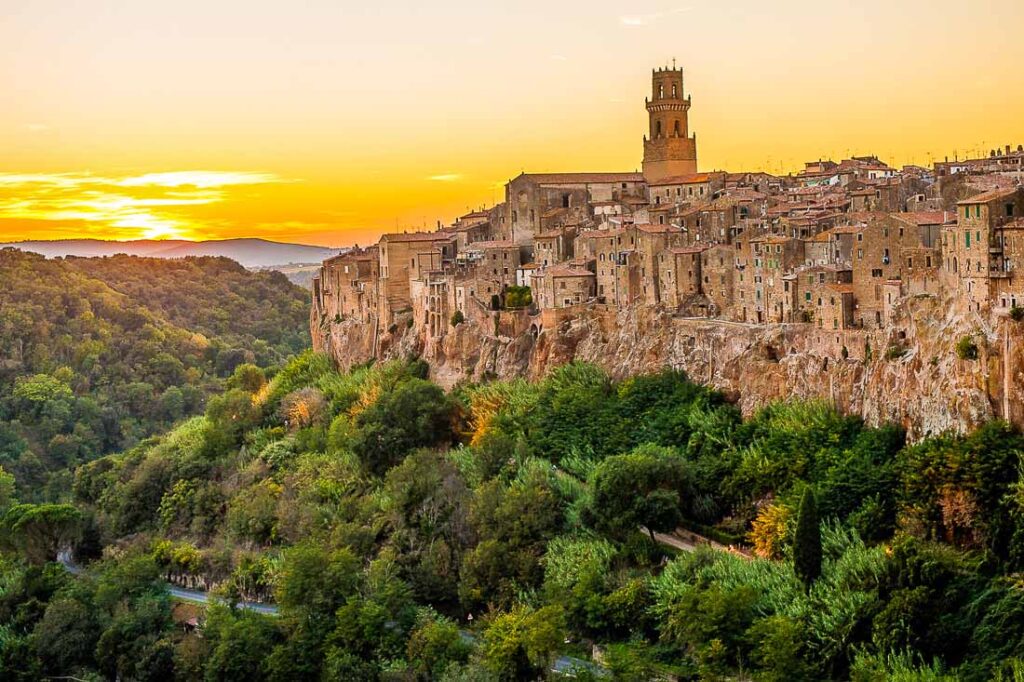
Located to the east of Saturnia, these three villages are true gems carved into the tuff. Thanks to their scenic positions on volcanic rock outcrops, these villages dominate the surrounding valleys, offering a breathtaking view that is impressive even from a distance.
Talamone
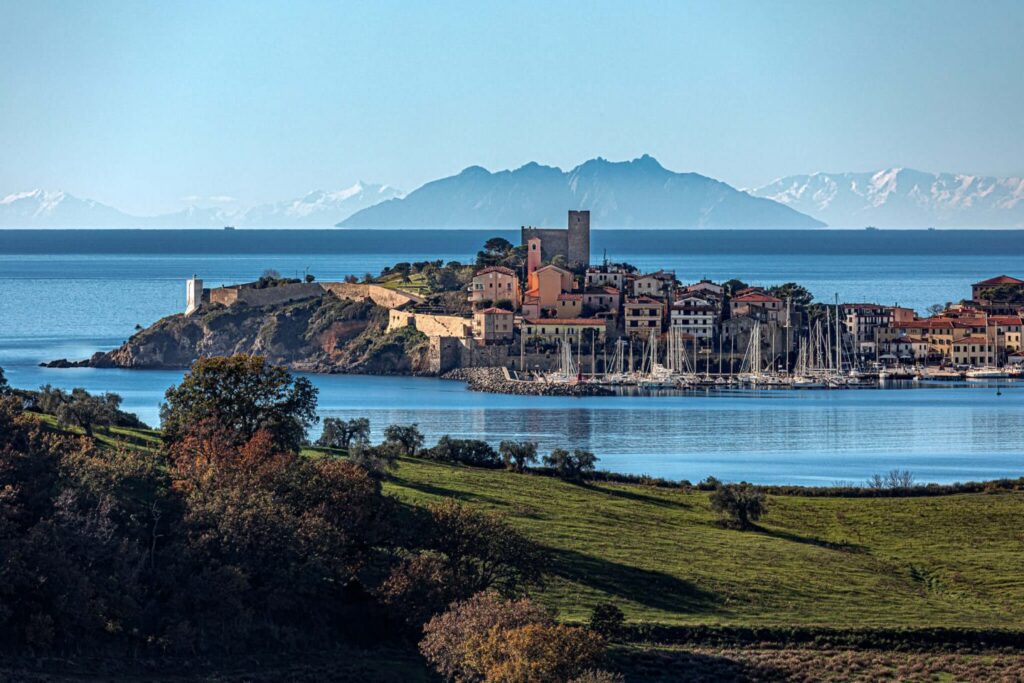
Perched on a promontory overlooking the Gulf of Argentario, facing the Maremma Natural Park, Talamone is a small medieval coastal village that boasts a magnificent panorama stretching from the Tuscan archipelago, from Argentario to the island of Giglio.
Capalbio
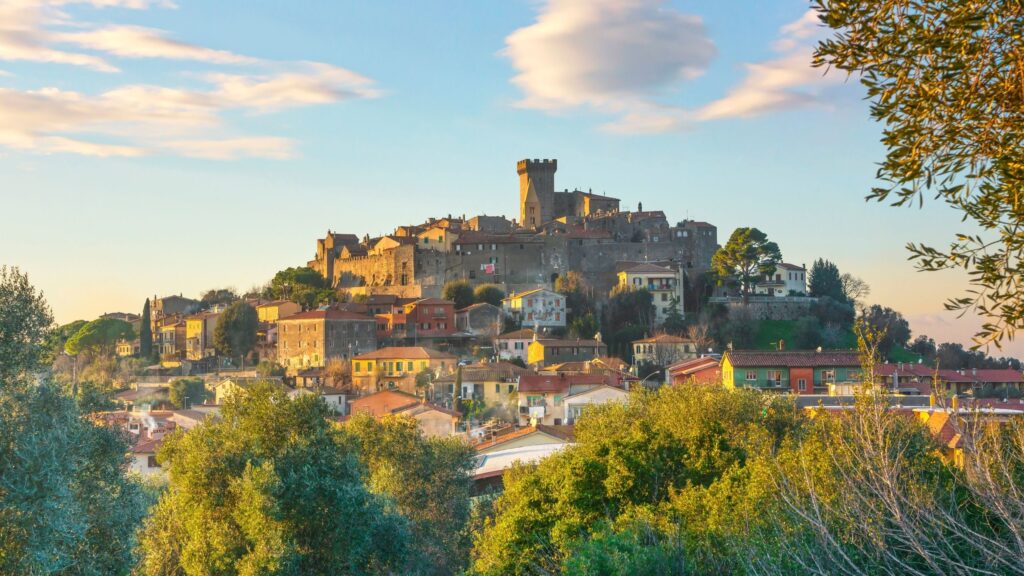
• The WWF oasis of Lake Burano, the first to be established in our country, covers about 400 hectares and hosts a vast variety of birds, mammals and over 500 species of plants.
• The famous “Tarot Garden” created by the Franco-American artist Niki de Saint Phalle, populated with statues inspired by the figures of the major arcana of the tarot cards.
Populonia

Populonia is an ancient Etruscan and Roman city located between the promontory of Piombino and the Gulf of Baratti. Today, you can visit the archaeological park, which houses two Etruscan necropolises in the lower part and an acropolis with temples, buildings, mosaics and streets in the upper part. This place will immerse you in the fascinating history of Etruscan and Roman civilization.
Massa Marittima
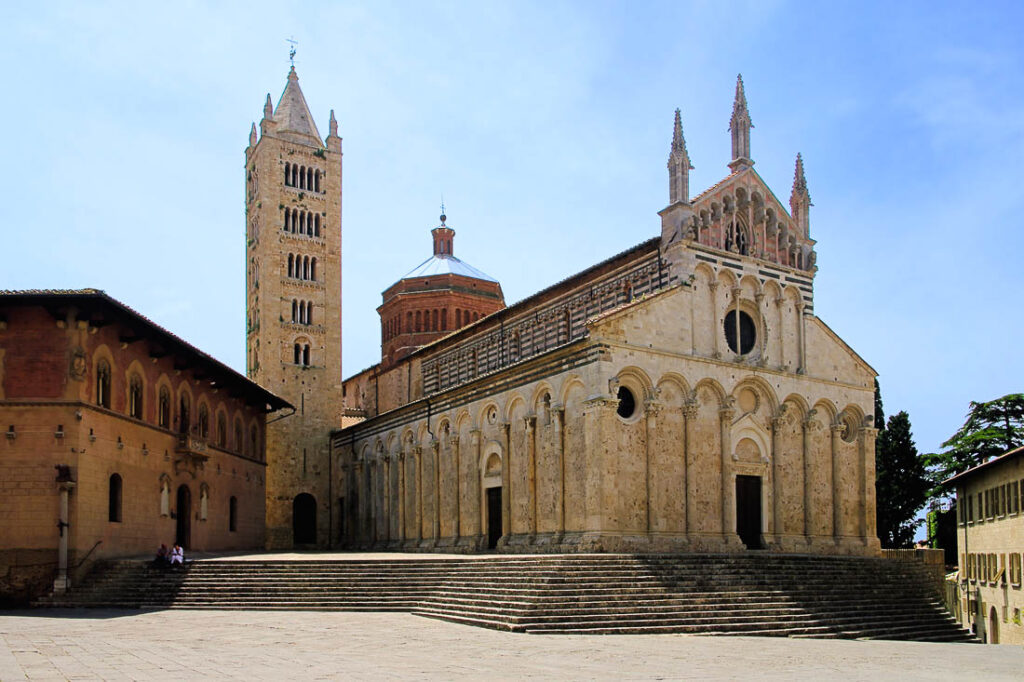
Perched at an altitude of 400 meters on the Metalliferous Hills, Massa Marittima offers a breathtaking view of the sea. This elevated position has contributed to the prosperity of the village over the centuries, making it one of the most flourishing centers in the area. As you walk through the streets of the town center, you can immerse yourself in the medieval atmosphere and admire the highlights such as the Old Town, the New Town and Borgo.
San Galgano e Chiusdino
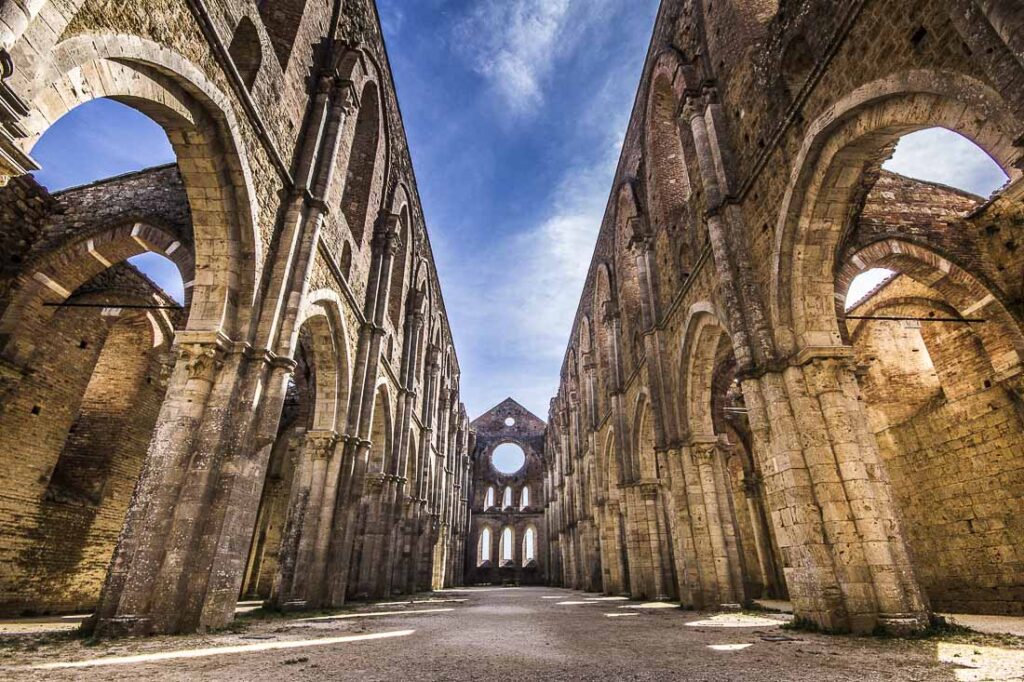
Just 35 km south of Siena, in the municipality of Chiusdino, stands the imposing Abbey of San Galgano, built in 1218 by Cistercian monks and left without a roof due to the collapse of its bell tower in 1786. Today, it is a tourist destination, a venue for civil weddings and has been the evocative backdrop for various Italian and foreign films.
A few meters away, we find the hermitage of Monte Siepi where, according to legend, San Galgano withdrew to live as a hermit in 1170. As a symbol of peace, he thrust his sword into the rock, where it remains to this day.
Bolgheri
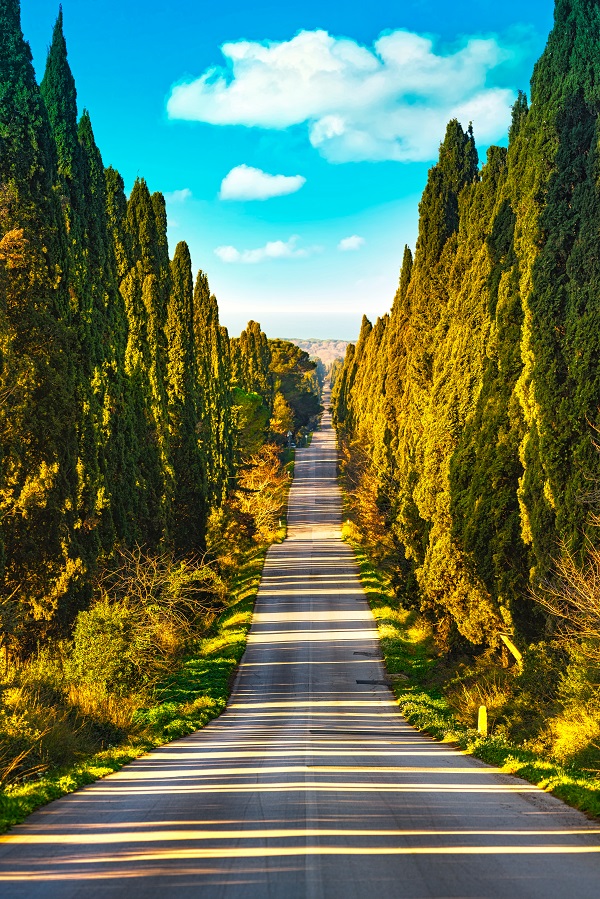
Bolgheri is one of the most famous villages in Maremma, known for its cypress trees, wine and the verses of Giosuè Carducci. The renowned Cypress Avenue is an icon of Tuscany and is worth admiring. The historic center is a medieval gem, with its narrow streets, artisan shops and wineries. Don’t miss the Church of Saints Giacomo and Cristoforo, Piazza Alberto and the Gherardesca Counts’ Castle.
